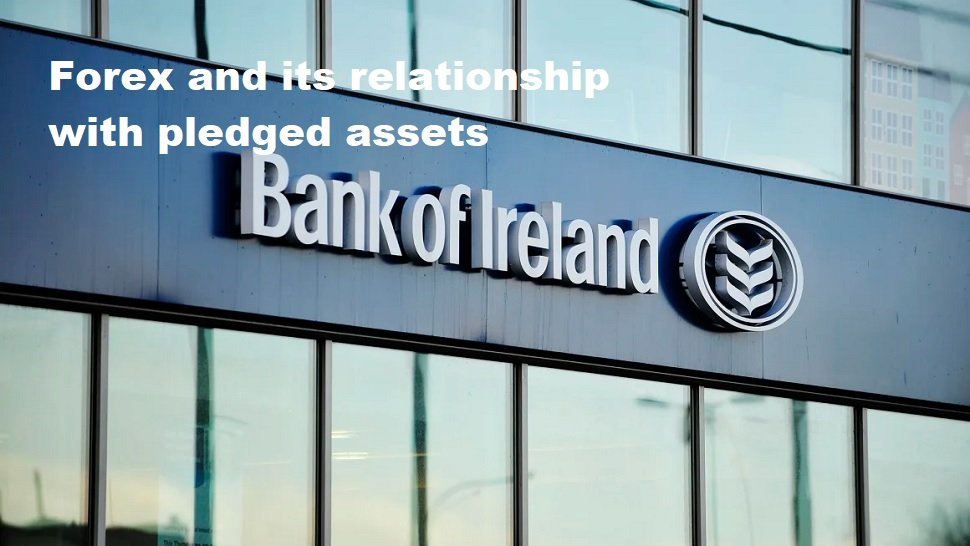In economics, the formal concept of equilibrium plays an important role in understanding how economic variables interact with each other to achieve market balance. In general, equilibrium is defined as a condition where demand and supply in the market are comparable at a certain price level without any tendency to change. In the context of formal equilibrium, theoretical and mathematical aspects are further explored to explain the relationship between variables in achieving a stable state. The formal concept of equilibrium covers various economic aspects including government policy, consumer behavior, demand and supply and the role of economic actors. In microeconomic analysis, formal equilibrium is used to describe the behavior of individuals, households, and firms in specific market settings. Meanwhile, in macroeconomic analysis, this concept is applied to describe the relationship between aggregate variables such as GDP, inflation and unemployment.
An understanding of formal equilibrium also includes the study of perfect and imperfect markets. A perfect market is an ideal theory where there are conditions of perfect competition with complete information, many producers and consumers who do not have market power. Under these conditions, formal equilibrium is easy to achieve because all parties understand the market conditions accurately. However, in reality, markets are not always perfect and more complex dynamics are encountered, so achieving formal equilibrium becomes more difficult. Overall, formal equilibrium is a theoretical concept that helps economists identify how market mechanisms work to achieve balance between determining variables. Regardless of the level of perfection or complexity of the market structure being analyzed, understanding formal equilibrium is very important for predicting future changes and formulating effective economic policies in creating stability and sustainable economic growth.
Required Conditions
To achieve formal equilibrium in an economic context, several conditions must be met. One of the most important aspects is the balance between demand and supply. Demand is the amount of goods and services desired by consumers, while supply is the amount of goods and services produced by producers. This condition ensures that there is no excess supply or shortage of goods in the market. In addition, efficient resource allocation is also important to achieve formal equilibrium. This efficiency means that available resources are allocated in an optimal way, resulting in maximum levels of production and consumption. In this context, resource allocation efficiency is often found when producers use the most efficient production methods, reduce waste, and maximize profits.
The relationship between the balance between supply and demand and the efficiency of resource allocation is very close. When there is a match between the number of goods desired by consumers and the number of goods produced by producers, the market will reach an equilibrium point where prices are stable and there is no direct action to increase or decrease the price. At this point, resource allocation efficiency is also achieved because production levels are in line with community needs. However, achieving formal equilibrium is not an easy process and often faces various obstacles. Several factors that influence this condition are changes in consumer preferences, changes in technology, and government intervention through fiscal and monetary policies. Therefore, it is important for governments, producers and consumers to work together to create an environment conducive to achieving formal equilibrium and efficient resource allocation.
Relevant Examples
One interesting example regarding the role of formal equilibrium in real economic practice is the determination of interest rates by the central bank. In this context, interest rates are an instrument used to control inflation and economic growth. The central bank will consider the expected inflation rate, output growth, and unemployment rate when determining the benchmark interest rate. Thus, changes in interest rates will affect the demand and supply of money in the economy and create new equilibrium conditions.
Another relevant example is the mechanism for setting petroleum prices by organizations such as OPEC (Organization of Petroleum Exporting Countries). OPEC is a cartel of oil producing countries whose aim is to control global oil production in order to achieve stable and profitable prices for member countries. In this case, formal equilibrium is applied by adjusting the overall oil production of member countries based on global supply and demand conditions. That way, OPEC is able to create a balance between the amount of oil produced and the amount needed by the market.
Fiscal policies taken by the government, such as public spending and changes in tax rates, are also another example of the use of the formal concept of equilibrium in economic practice. The government will intervene in the economy by increasing or reducing public spending and increasing or decreasing tax rates to create balance between the public and private sectors. The fiscal policy implemented will influence the levels of expenditure, income and investment in the economy, which will ultimately create the desired equilibrium conditions. Appropriate fiscal policy can help reduce economic imbalances, such as inflation or recession, and support stable and sustainable economic growth.
Analysis of Advantages and Disadvantages
One of the advantages of this concept is its ability to simplify the analysis process, making it easier to understand how the interaction between supply and demand determines the price and quantity traded. In addition, the formal concept of equilibrium is useful for understanding the impact of changes in economic conditions on prices and quantities. For example, if it is necessary to predict price changes due to increased production costs, this concept becomes the basis for explaining the relationship between these cost changes and price increases or decreases. Conversely, it can also be seen how changes in consumer preferences affect the level of demand for a product.
However, there are several shortcomings that deserve attention in applying the formal concept of equilibrium. First, this model is based on simplifying assumptions such as perfect competition and perfect information, so it is not completely suitable for describing real situations. These assumptions are often not found in practice. Therefore, this concept may not always be accurate for analyzing certain economic phenomena. Despite its shortcomings, the formal concept of equilibrium remains an important and useful analytical tool for understanding basic economic principles. Even though it has limitations in describing real conditions, this concept still provides a solid framework for thinking for practitioners and economists to analyze more complex phenomena. Therefore, in understanding the economic system as a whole, it is necessary to balance the use of the formal concept of equilibrium with other approaches that consider the specific aspects of each economic situation.












